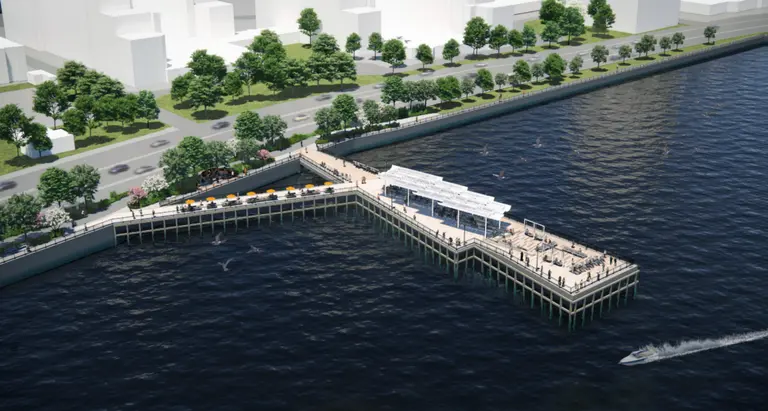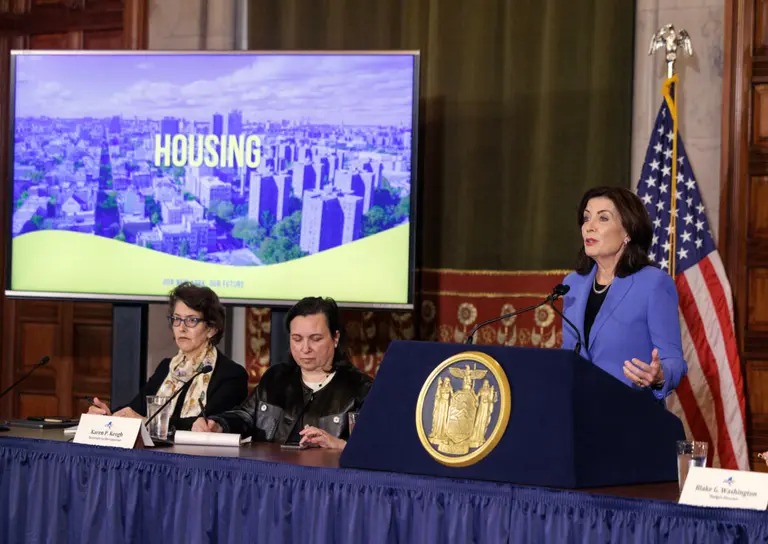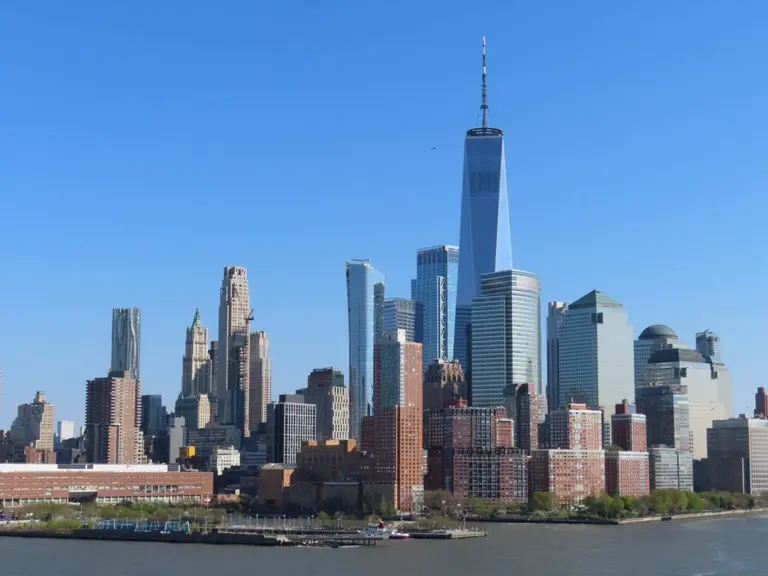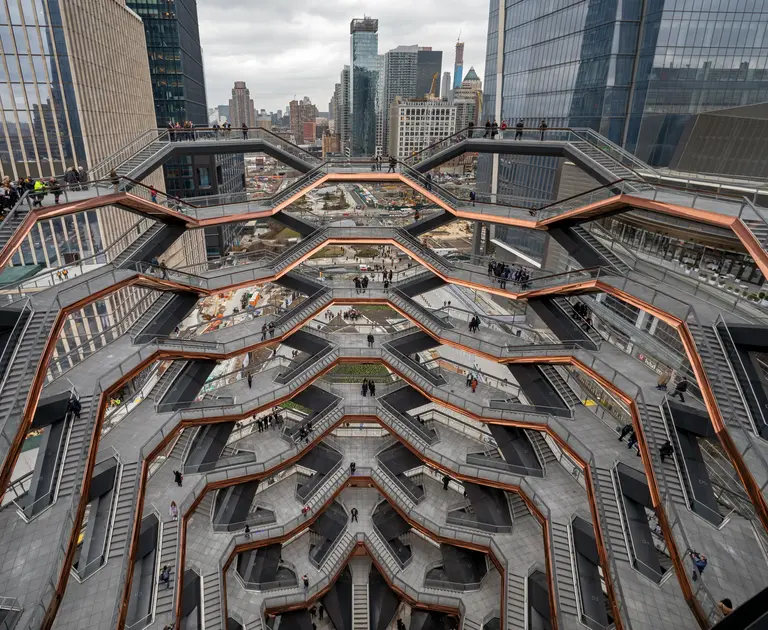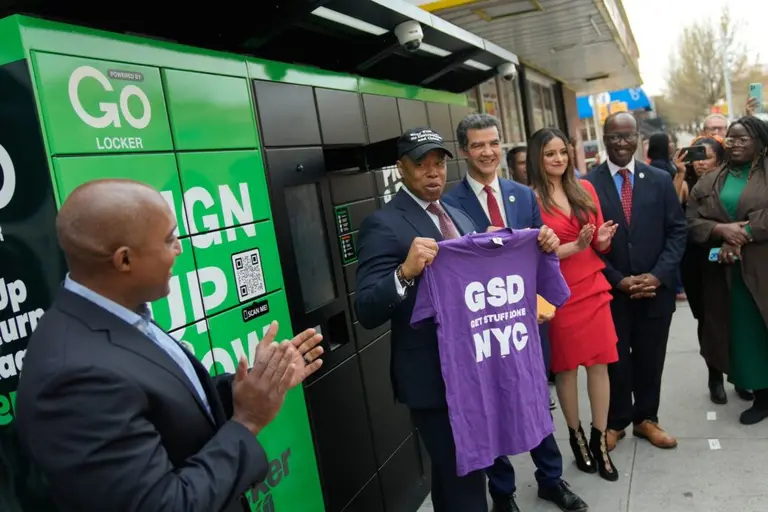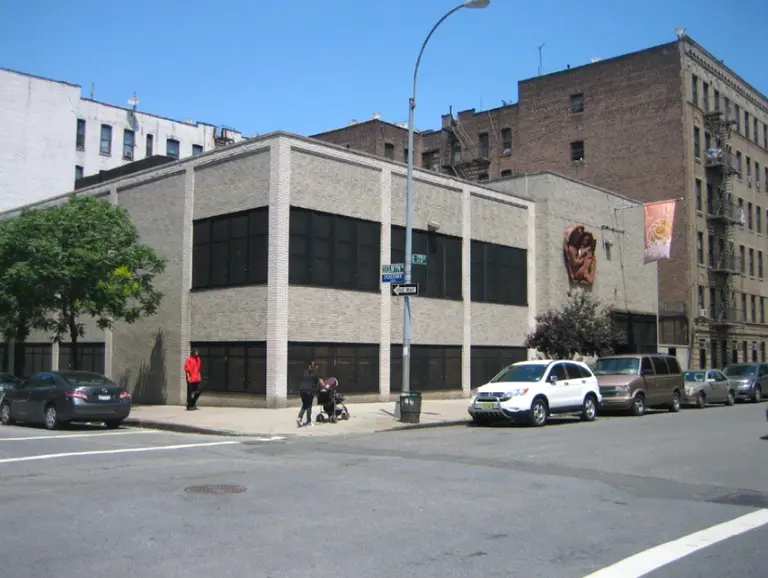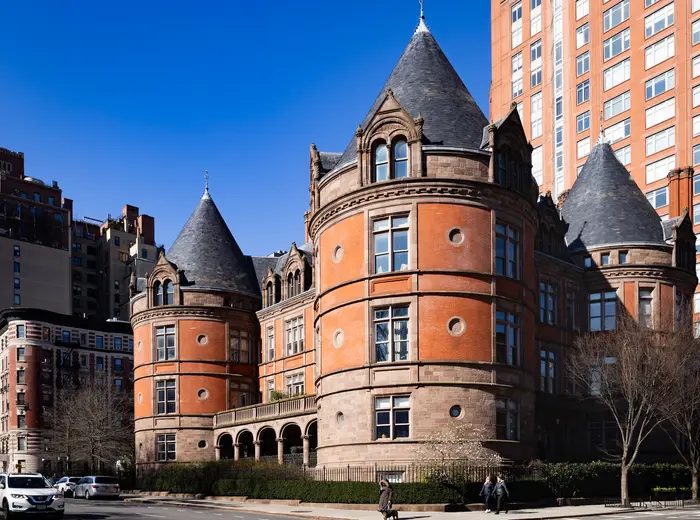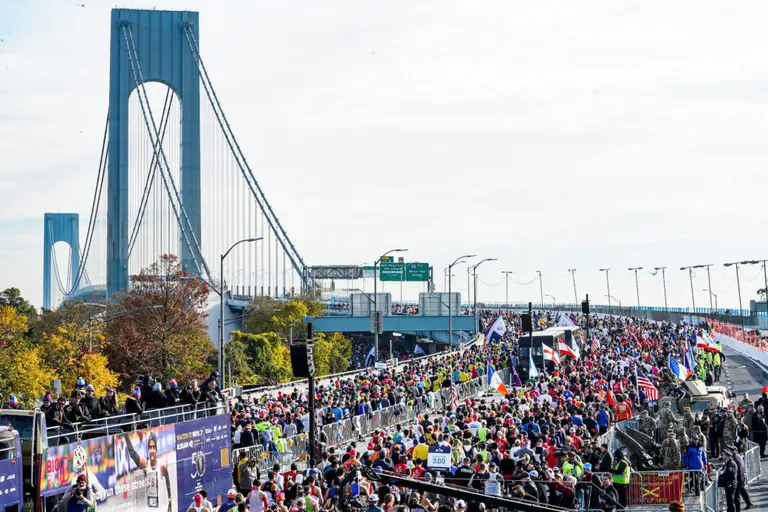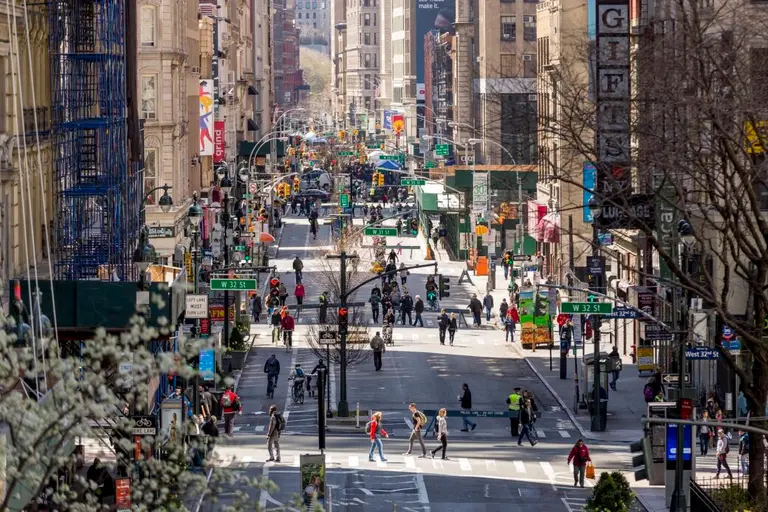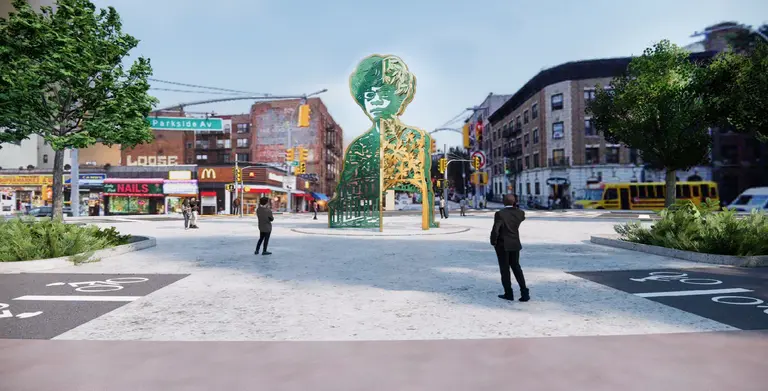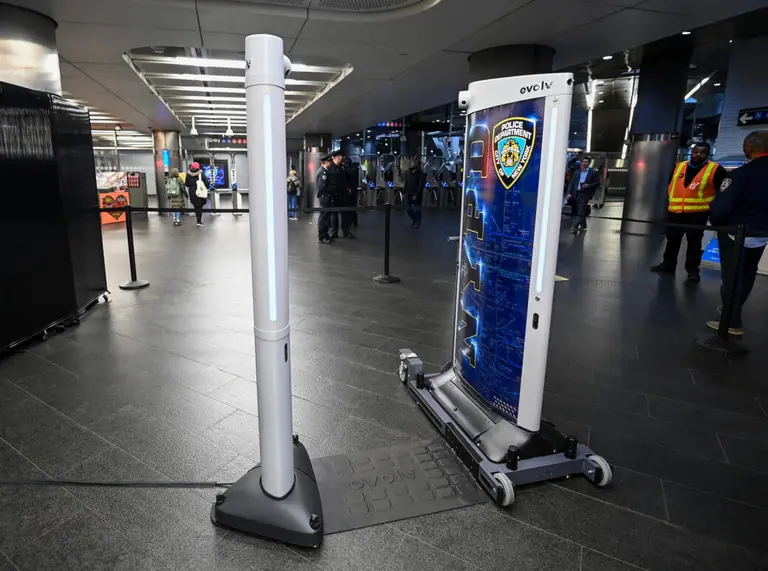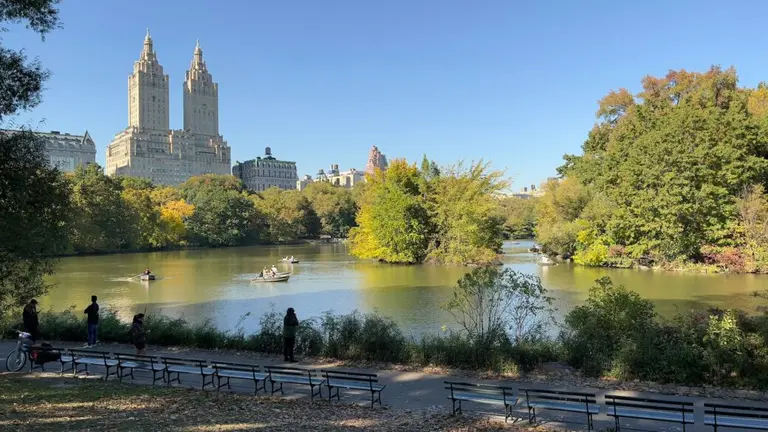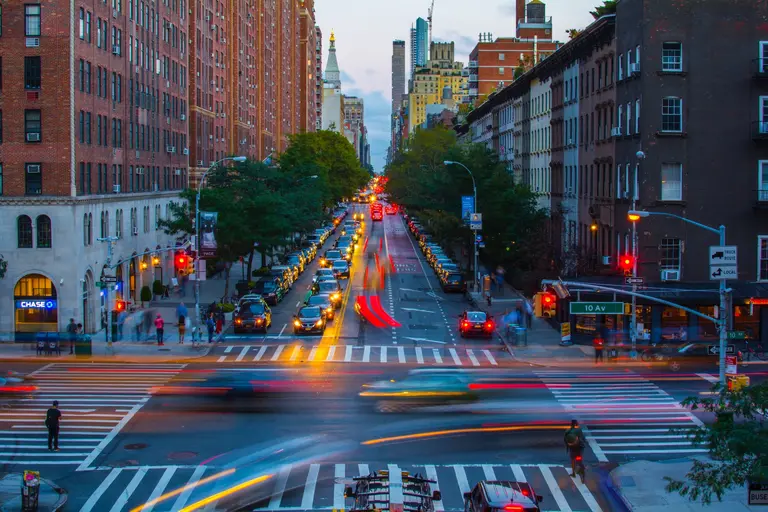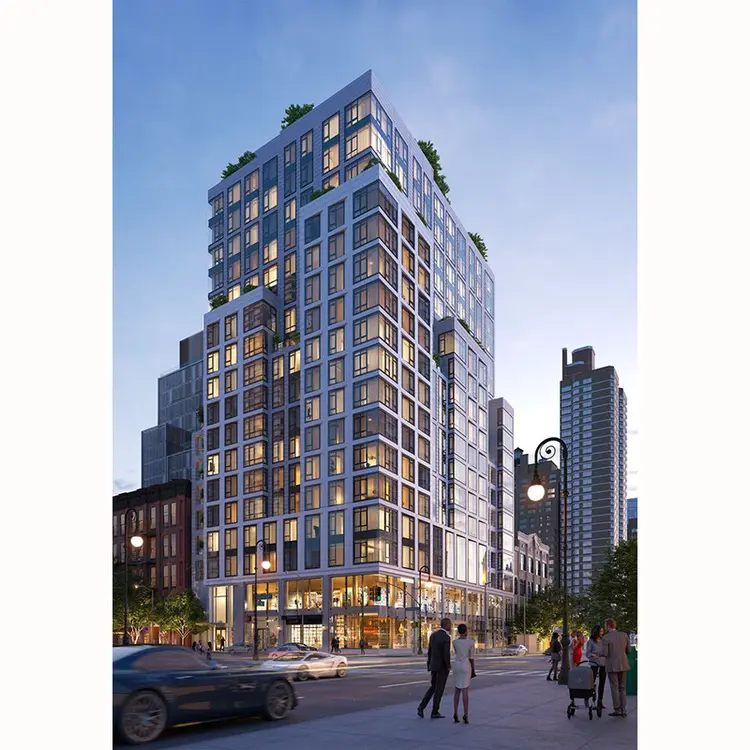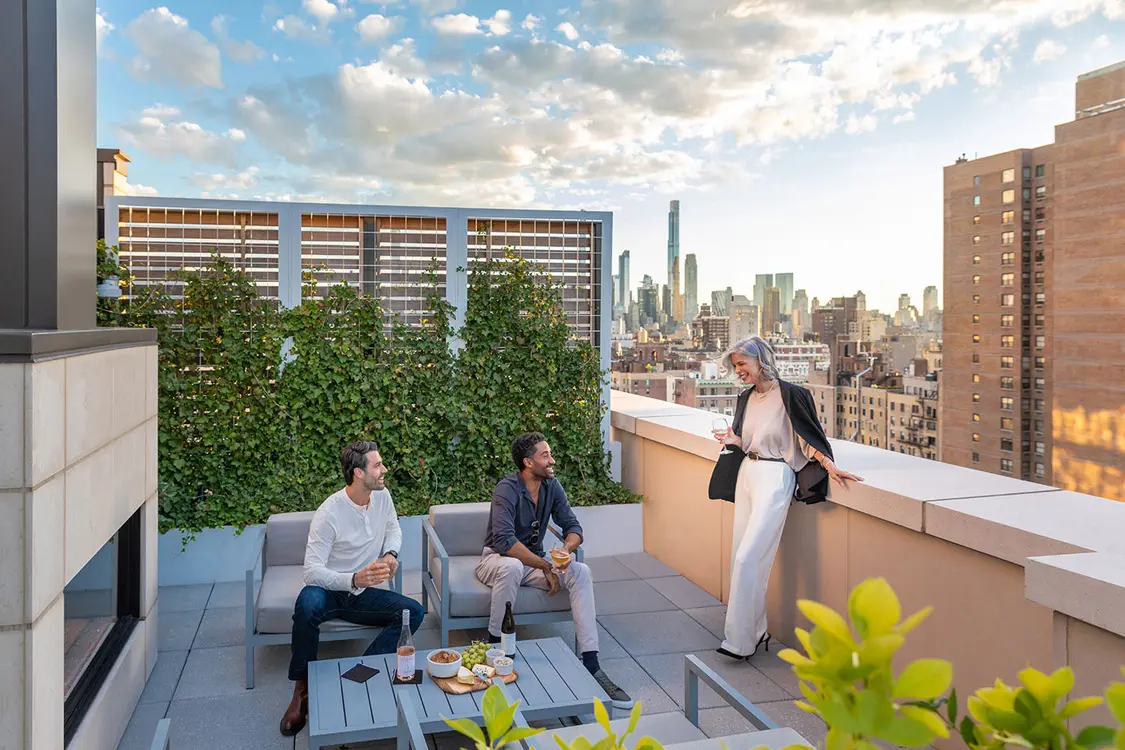TransitCenter maps out the next 50 subway stations that should be made accessible in NYC
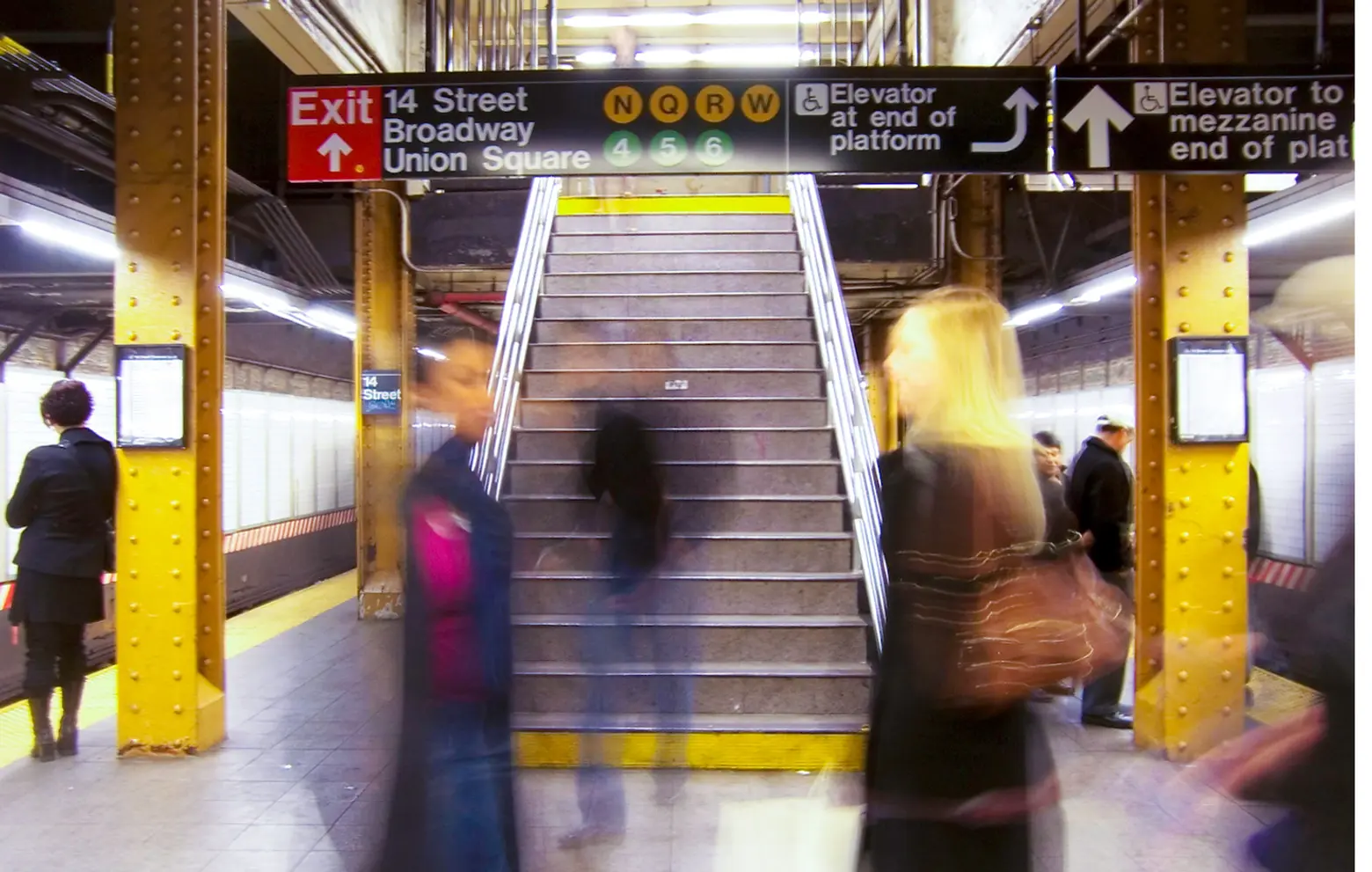
Photo via Flickr cc
Photo via Flickr cc
Roughly 75 percent of New York City’s 472 subway stations are not accessible–a fact that has long plagued disability advocates but has now taken on a more pressing call to action after 22-year-old Malaysia Goodson died after falling down the stairs carrying her baby in a stroller at one of these stations. To visualize this dire need, TransitCenter has put together a map that proposes the next 50 subway stations that should be made accessible under the MTA’s Fast Forward plan. If implemented, their plan would “more than triple the potential station-to-station trips riders who rely on elevators can make using accessible stations.”
 Map via TransitCenter
Map via TransitCenter
The MTA released its $37 billion Fast Forward plan in May, laying out a 10-year plan to modernize the subway system through a state-of-the-art signal system, a new fare payment system, thousands of new subway cars and buses, and better accessibility. To this last point, the plan calls for 200 more accessible stations, with 50 proposed within the first five years (with the whole system having elevators by 2034). But there is no concrete funding in place for this, and with the 25 percent of stations that are accessible plagued by outages (a Rudin Center study found that each subway elevator in NYC has an average of 53 outages per year), the TransitCenter is hoping to shed light on how imperative this is.
To select their suggestions for these first 50 stations, TransitCenter looked at neighborhoods with high populations of New Yorkers with disabilities or living in poverty. They also chose major transfer points between the subway and the bus and stops that connect to destinations such as universities, museums, parks, business districts, and naturally occurring retirement communities. As they explain:
Roughly half of the neighborhoods served by the system today lack a single accessible station. Many of New York’s major cultural attractions, including the Natural History Museum, universities including CUNY-City College, medical centers, and major business districts are inaccessible.
They hope this selection criterion will serve as a model to the MTA as it moves forward with its larger accessibility goals. Around the same time the Fast Forward plan was released, the MTA hired its first accessibility chief. This came shortly after the federal government joined a lawsuit that accused the MTA of violating the 30-year-old Americans with Disabilities Act, which says transit stations must be accessible to the “maximum extent feasible.”
New York City is currently ranked the least accessible of the country’s 10 largest metro systems. Los Angeles and Washington D.C. are fully accessible, and Boston and Chicago are more than 67 percent accessible with concrete plans in place to increase to 100 percent.
RELATED:
